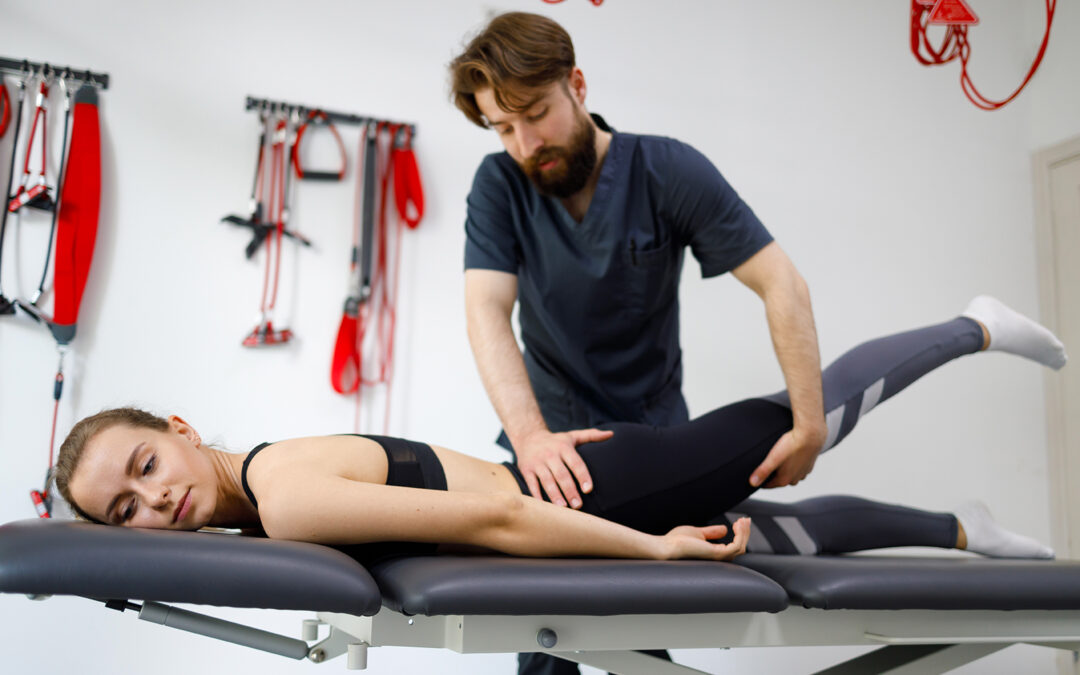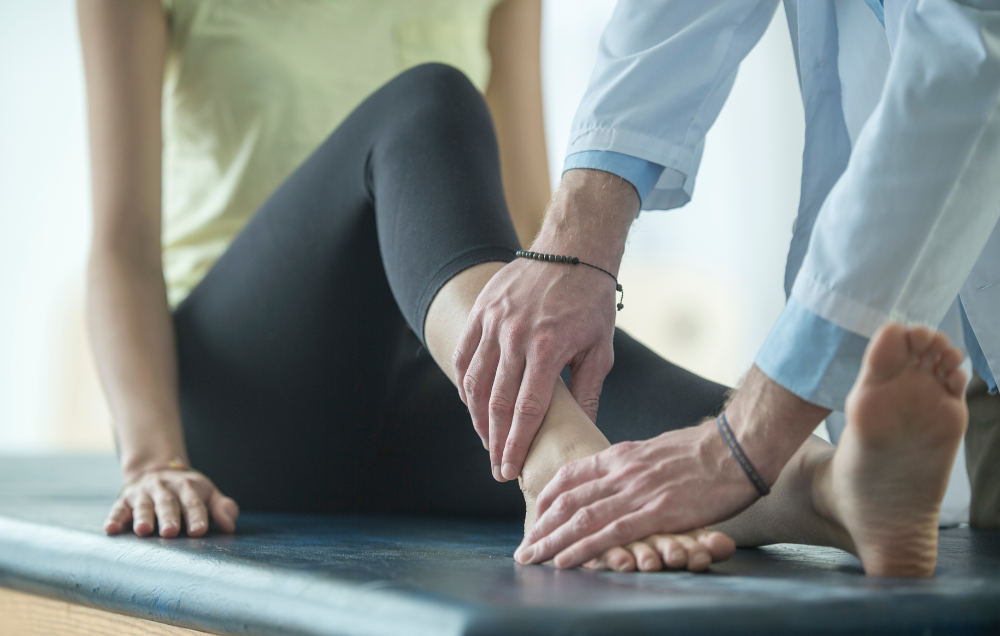Contents
Piriformis syndrome is a condition caused by the irritation or compression of the piriformis muscle. This is a small muscle located deep in the buttocks and plays a crucial role in hip rotation and stability. When it becomes inflamed or tight, it can lead to a variety of symptoms and pain. This pain can lead to sleepless nights and a direct impact on your quality of life.
Signs and symptoms of piriformis syndrome
Piriformis syndrome has several characteristic signs and symptoms including:
- Pain — The most common symptom of piriformis syndrome is a pain in the buttock region. This pain may also radiate down into the back of your leg. This pain can be a deep ache and exacerbated by prolonged sitting, walking or climbing the stairs. These activities can cause an increase of stress on the hip and buttock muscles, resulting in the increased pain level.
- Reduced range of motion — If you are suffering from piriformis syndrome, you may notice a decreased range of motion in your hip. This can be most noticeable in activities that involve the external rotation of your hip.
- Sciatic pain — Piriformis syndrome can mimic sciatic pain, with pain that radiates along the sciatic nerve. This nerve runs from the lower back through the buttocks and down into the leg. The pain you are experiencing may also radiate down into the thigh or even down to your foot or feet.
- Muscle tightness — If you are experiencing piriformis syndrome, you may have a tightness in your buttock and hip region. This tightness can further the compression of the sciatic nerve, causing your symptoms to worsen.
Sleeping with piriformis syndrome
Getting a good night of quality sleep can be a challenge if you are experiencing piriformis syndrome. The pain and discomfort from the condition can make it a challenge to sleep comfortably. However, there are factors that can help you to sleep more comfortably:
- Sleep position — The position you sleep in can exacerbate your condition. If you change your sleep position to a more supported position, you may be more comfortable. Lie on your back with a pillow under your knees. This position can help to reduce pressure on your piriformis muscle and sciatic nerve. If this position doesn’t work for you, you may find sleeping on your non-affected side with a pillow between your knees to be a better position to try. This position also helps to alleviate pressure on your affected side.
- Pillow placement — Using additional pillows to provide more support for your head and upper body as well as under your lower back can help your body maintain a more neutral spine position. This can help alleviate pressure and reduce pain, allowing you to sleep more comfortably.
- Mattress — In addition to proper support and sleeping positions, the mattress you sleep on also needs to provide adequate support for your body. Investing in a firmer mattress may be a more comfortable choice if you are suffering from piriformis syndrome.
- Medication — Over-the-counter medication taken before bedtime may help to reduce pain and inflammation and help you sleep more comfortably.
Physical therapy treatment options for piriformis syndrome
The good news if you are experiencing pain and sleep disruption from piriformis syndrome is there are a number of physical therapy treatments that can be beneficial in helping to relieve your pain and help you sleep better. Physical therapy can help you strengthen your piriformis and surrounding muscles to help improve your hip stability and reduce pain. These physical therapy treatments can include:
- Therapeutic exercises — Therapeutic exercises may be added to your physical therapy treatment by your physical therapist. These exercises are intended to help improve your strength and flexibility and reduce muscle tension. Your physical therapist will instruct you on how to properly execute these exercises so you don’t cause further issues.
- Manual therapy — Your physical therapist may use manual therapy techniques to manipulate the soft tissue to help alleviate pain, improve mobility and reduce muscle tension. Hands-on techniques like soft tissue manipulation, myofascial release and joint mobilization may be used. Each technique focuses on helping a different facet causing your pain from piriformis syndrome.
- Therapeutic ultrasound — Therapeutic ultrasound uses high-frequency sound waves to generate heat, which can promote healing in painful tissue. The heat can also help increase circulation. Improved circulation can lead to a reduction in muscle spasms and help to alleviate pain. Therapeutic ultrasound will likely be used in conjunction with other physical therapy treatments such as manual therapy and therapeutic exercise.
Physical therapy treatments can be beneficial if your piriformis syndrome is causing you sleep disturbances. It may help you to better manage your pain and muscle relaxation, allowing you to sleep more comfortably. It can also help improve your flexibility and strength, which can help prevent future flare-ups of the condition.
If piriformis syndrome has you up all night, Lattimore PT can help
At Lattimore PT, our goal is to help you achieve your health and fitness goals. Piriformis syndrome can be a real pain and rob you of your sleep. If you are experiencing disrupted sleep, our expert licensed physical therapists may be able to help you find pain relief. Your physical therapist will design a customized treatment plan to your specific needs and concerns, including discomfort and restless nights. Treatment plans can change and shift as your recovery progresses. Under our team’s guidance, we can help you regain control of your sleep and daily activities. Restful sleep is vital for your overall health and quality of life. Physical therapy at Lattimore PT can help you get back to restful nights.
Contact our team today for more information or to schedule an initial appointment.



